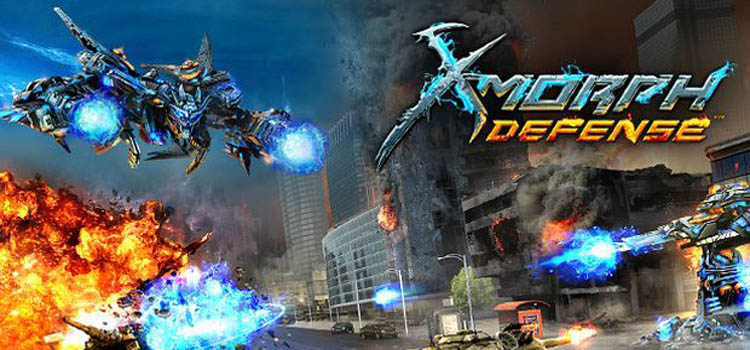

A-50 and A-50U aircraft provide early warning and command-and-control target designation. S-300 (SA-20A, SA-20B) missiles may also be guided. The 400-kilometre (250 mi)-range S-200D Dubna (SA-5c) missiles and S-300 P-family radar systems can be used without additional command-and-control centers. The 1RL220BE versions were reportedly used for jamming. The Moscow-1 passive sensor is 2 + 1⁄ 2 times more effective than the Protivnik, with a 400-kilometre (250 mi) range Orion for a target-designation on-the-air defense system, and the Avtobaza-M and Orion+ Avtobaza add high-precision detection. The Protivnik-GE is an anti-stealth UHF radar with a 400-kilometre (250 mi) range. The 40B6M is housing for the 92N6E or 96L6E radar. The 96L6E has a 300-kilometre (190 mi) detection range. Optional elements of the S-400 (98ZH6E) include the 15I6ME–98ZH6E, which extends coverage 30, 60 and 90 km (19, 38 and 57 mi) from that provided by the 30K6E. The S-400 Triumf and Pantsir missile system can be integrated into a two-layer defense system. Russia has accepted for service the 40N6 long-range missile for the S-400 air-defence system, a source in the domestic defense industry told TASS news agency in October 2018. In 2007, the system was approved for service. In April, a ballistic missile was successfully intercepted in a test of the upgraded 48N6DM missile. The completion of the project was announced in February 2004. In August, two high-ranking military officials expressed concern that the S-400 was being tested with "obsolete" interceptors from the S-300P system and concluded that it was not ready for deployment. In 2003, it became apparent that the system was not ready for deployment. Alexander Lemanskiy of Almaz-Antey was the Chief Engineer on the S-400 project. On Februsuccessful tests were reported at Kapustin Yar in Astrakhan, and the S-400 was scheduled for deployment by the Russian army in 2001. The development of the S-400 system began in the late 1980s and the Russian Air Force announced the system in January 1993.

4.1.1 2015 Russian military intervention in Syria.Also those tusks make the robot look really stupid.īut I had a great time with the game and am considering buying the DLC. Maybe it would have been better if the Robot used the arms to defend his face once it gets low or something. And the arms of the boss werent even badly damaged, I think they can withstand more damage than the critical cockpits, making shooting at them pointless. It was a lot easier than the map before, too. After all three phases the boss was defeated while barely making it past the first crossroad. Even though I didnt particularly aim at the cockpit it went down way faster than the rest of the modules like the arms. I had two laser anti Air towers firing at him and shot at him myself with a mix of bombs and laser. You only have to focus the cockpit and it goes down way to easy. I really liked the modular bosses because it made you fell more impact taking them apart bit by bit instead of just downing a health bar.īut the final boss. The bosses before were good, and the flying fortress was actually great. So today I beat the final boss on hard first try and I have to say I am a bit disapointed.


 0 kommentar(er)
0 kommentar(er)
